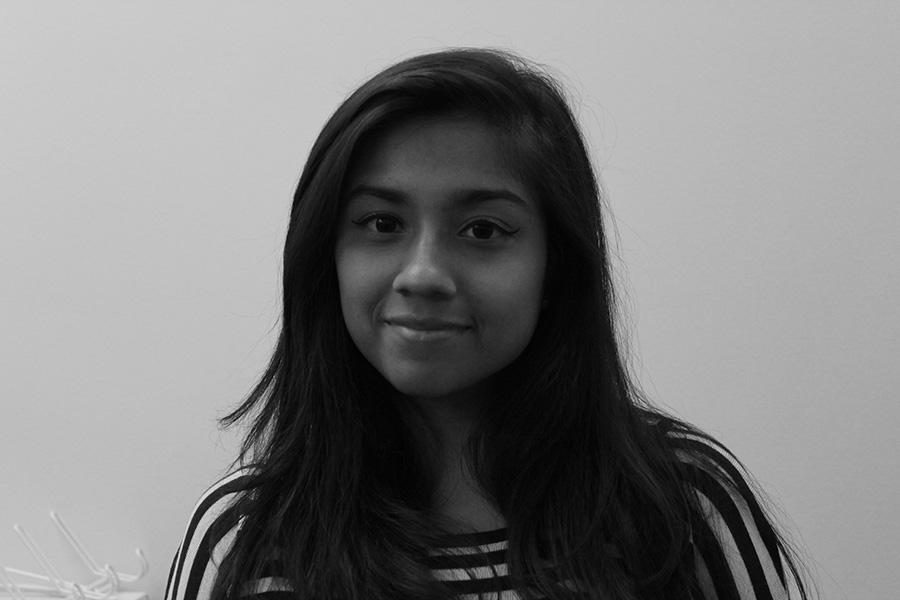Favoritism toward fair skin in India oppressive
October 17, 2014
Turn on an Indian television channel and one will likely stumble upon an advertisement for Fair & Lovely, a skin-lightening cream. Typically, the ad will feature a girl initially portrayed as having lackluster looks. After applying Fair & Lovely, she parades down the street, turning heads left and right with her newly fair face making her exponentially more attractive to onlookers. As controversial and blatantly degrading as they are, these types of ads have an enormous presence in Indian media. They are symptomatic of a larger cultural problem — India is obsessed with light skin, and its oppressive beauty ideal has torn seams in the fabric of Indian society.
The prejudice against dark skin permeates almost every aspect of Indian life. Employers are less likely to hire a dark-skinned person. Matrimonial ads in newspapers specifically request fair-skinned brides. With dark skin posing a substantial hindrance to professional and romantic success, it is unsurprising that India has a huge market for skin-lightening cosmetics, including Fair & Lovely. Although women tend to be the main purchasers of these powders and creams, companies have also targeted men in recent years.
A preference for fair skin can be traced far back into Indian history. In the rigid Hindu caste system, dark skin was associated with the lower castes, who spent long hours toiling away in the fields. Fair skin was therefore symbolic of wealth and status, indicative of a privileged upper class that did not need to perform manual labor. Today, the bias has much to do with media portrayals of beautiful people, in which dark skin is rarely found. This sends a message that fair skin is a requirement for being beautiful. Most of the prominent actors and actresses in India’s booming and highly influential film industry are fair-skinned. Aishwarya Rai, who is frequently hailed as one of the most beautiful women in the world, looks nothing like the average Indian woman. Indian celebrities do not accurately reflect Indians as a whole, most of whom are dark-skinned. This misleading media portrayal puts pressure on Indians to aspire to an extremely narrow beauty standard.
In August, the Advertising Standards Council of India issued guidelines that essentially banned ads that discriminate on the basis of skin color. While the new law may reduce the derogatory sentiments that commonly appear on television, it will not have the same effect on larger Indian culture. India’s infatuation with fair skin is a mark of deep societal dysfunction. Older generations may still uphold ideas about class superiority associated with fair skin, and young people are forced to reconcile self-image with a practically unattainable beauty standard. This problem cannot be solved by legislative means, but rather it must be amended by a change in collective mindset. India must work to heal this entrenched societal prejudice — the first step is accepting that its fair skin bias is detrimental to both citizens and the national psyche.
Email Zahra Haque at [email protected].



























































































































































